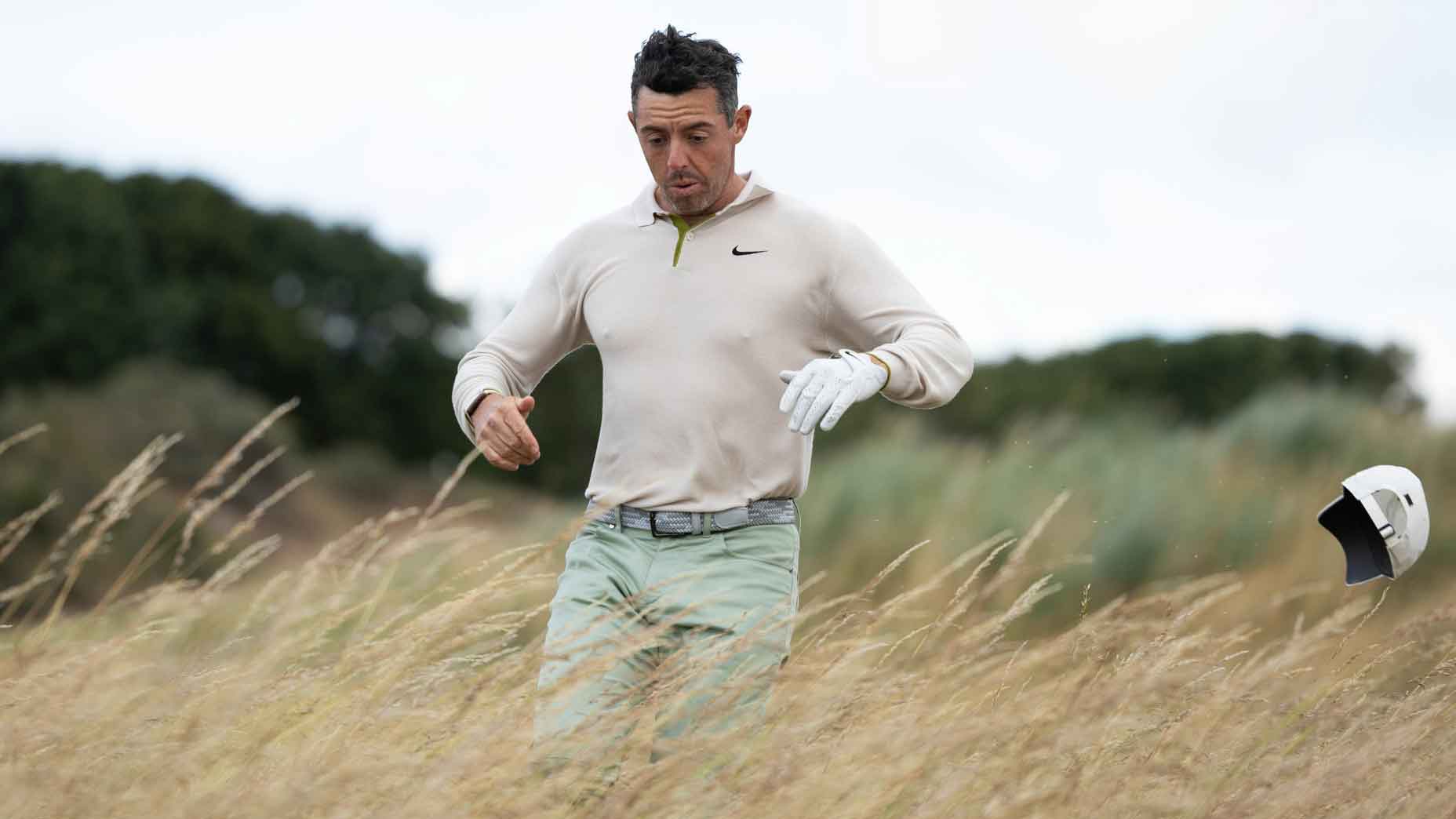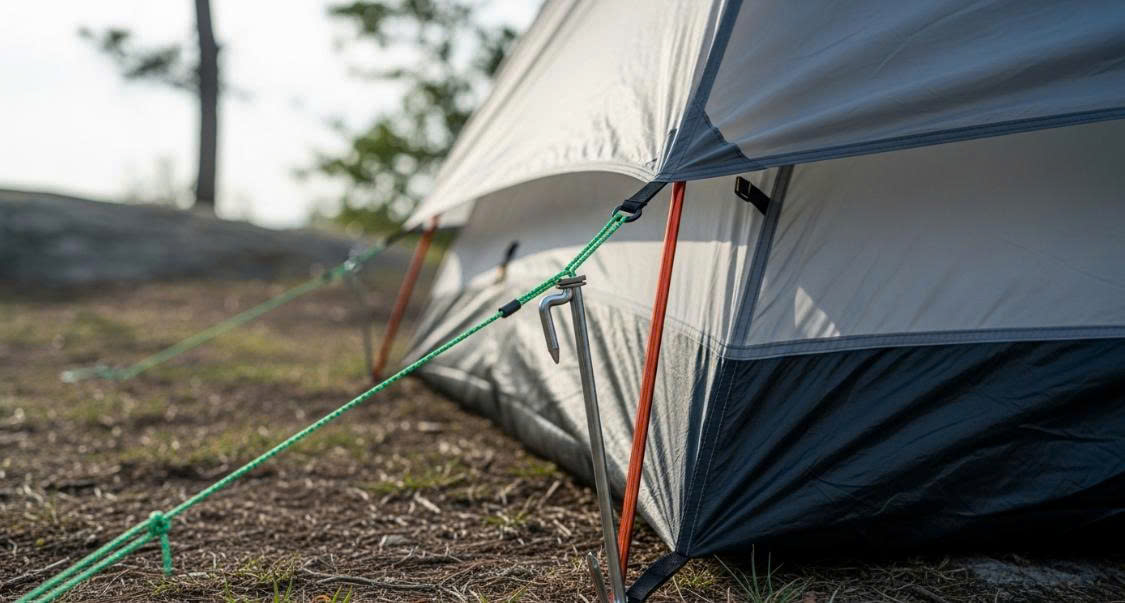As any seasoned golfer knows, playing golf in blustery conditions can wreak havoc on one's scorecard if not properly accounted for. High, spinning shots into a stiff crosswind are asking for trouble. However, I recently outlined some simple setup adjustments amateur golfers can make to cheat the wind and maximize their chances of staying in play.
Having played hundreds of rounds across Scotland, Ireland, and other notoriously windy golf destinations, I can certainly appreciate the challenges the elements can present. Over my years on tour in college and time spent on golf course architecture projects globally, I've learned a thing or two about tackling windy scenarios through small adjustments. Many of these insights align with the recommendations shared by GOLF Top 100 Teacher Carol Preisinger.
Preisinger suggests starting by lowering your tee position when facing balls-distorting winds. Teeing the ball lower on the clubface encourages a lower, more penetrating trajectory beneath gusty conditions. She also recommends moving the ball position slightly forward of center for a flatter, less lofted angle of attack.
Perhaps most importantly, Preisinger advises limiting wrist hinge through the backswing. This delofting move punches through air pockets rather than getting tossed around by them. By keeping the club shallower coming into the ball, you can essentially "skip" shots across wind lanes to your target.
Simple stuff really, but so effective. Give these tips a try next time Mother Nature opposes your scorecard goals. With a few minor setup adjustments and an understanding of how to flight shots differently relative to wind direction, you can certainly cheat blustery conditions from kicking your behind. Calmer days at the course are guaranteed for no one, so be sure to add these wind cheating weapons to your arsenal.
Read more: Rainy Weather Forecast Causing Uncertainty for British Open at Royal Troon
3 setup tweaks for playing golf in the wind
1. Tee it Lower
When the wind is up, avoid teeing the ball too high on your driver face where it can get caught in the gusts. Teeing it lower, so the top of the ball is around the midpoint of the driver, promotes a lower, piercing trajectory that sneaks under the wind lanes.
2. Move Ball Position Forward
By positioning the ball slightly ahead of your normal center stance setup, it flattens your attack angle into the ball. This delofted impact reduces spin and flight, flying bullets instead of lofted bombs into the breeze.
3. Limit Backswing Hinge
Keeping your wrists from hinging too much through the backswing takes loft off the club at impact. It's like 'skipping' shots across the wind rather than fighting through it. Focus on keeping your arms and club shallower into the strike to cheat blustery conditions.
Give these three simple tweaks a try next time the forecast calls for wind. With some minor setup adjustments, you can certainly hack methods to outsmart the elements and keep your round from getting blown off course.
What are some common mistakes golfers make when playing in the wind
Teeing the ball too high - As mentioned earlier, this exposes the ball to excess wind effect and makes it tough to get a low, penetrating flight. Keep it lower in blustery situations.
Over-swinging with the driver - Fighting the wind by trying to muscle up often backfires. Focus on control and consistency, not distance, with an emphasis on flatter angles of attack.
Playing shots that promote high spin - Lofted hybrids, low irons and wedges into the wind get blown around more. Favor shots that produce lower, longer flights like woods off the tee or fairway.
Not accounting for wind direction on elevated lies - Shots from areas like hillsides need extra attention to trajectory and spin for winds that can shift abruptly up or down.
Ignoring wind altogether with the putter - Even short putts need wind reads, especially when it's gusty or blowing diagonally. Take an extra second and factor breeze into your read.
References: https://golf.com/instruction/playing-golf-wind-3-setup-tweaks-cheat-code/





.jpg)

.jpg)







